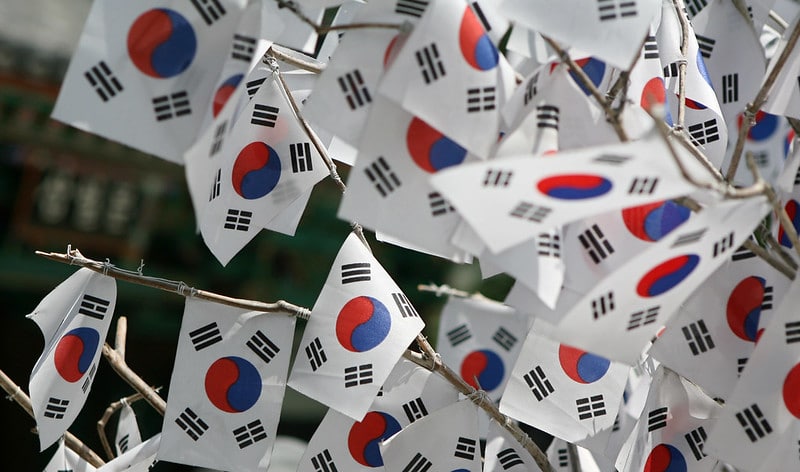Despite polysilicon prices leading chemical company OCI's recovery during a Covid-hit 2020–and with demand set to ensure the poly supply will be kept “tight … for the time being“–the manufacturer's decision to idle its factory in Gunsan dragged the overall business into a KRW161 billion ($142 million) net loss in the final quarter of last year.
With the South Korean chemicals business having banked a net KRW6.1 billion ($5.39 million) in the July-to-September period, the latest KRW263 billion ($233 million) impairment on its idled domestic poly production lines dragged the last quarterly figure into the red, even if the result was far better than the KRW661 billion shed in the final quarter of 2019 after previous write-downs.
Covid-19
Announcing its fourth-quarter figures on Tuesday, OCI said it had recognized a KRW750 billion ($663 million) impairment in 2019 after a sharp fall in the polysilicon selling price and intensified competition from expansionist rivals prompted it to idle its Gunsan facilities. At the time, said OCI, it was considering alternative uses for the production lines but an inability to do so, in part caused by the travails of Covid-19, has driven the latest asset write-down.
The chemicals company noted the fab is being maintained and any future use of the equipment could see the impairments altered, not least now the company has decided to concentrate on lower-grade polysilicon production for electronics in Gunsan whilst its solar poly will be made in its Malaysia factory.
That Malaysian production base aims to ramp up production from its current 30,000-metric-ton (MT) annual capacity to 35,000 MT by 2022, with the help of debottlenecking, and also intends to drive down production costs 15% from last year's figure. A three-year, $850 million polysilicon supply deal with Chinese solar manufacturer Longi will, no doubt, help, and OCI said it is considering “additional expansion.”
Full operation at the Malaysian site saw the ‘basic chemical' division of OCI which produces polysilicon post a 50% rise in manufacturing and sales volume from the location, compared with the third quarter, also prompting an 18% quarter-on-quarter fall in poly production costs.
The ‘energy solutions' division which includes OCI's solar plant development operation complained of rock-bottom prices for the renewable energy certificates generated by its solar farms and sold to companies which would otherwise fail to meet their mandated commitment to low-carbon power procurement.
With the basic chemical operation contributing 40% of OCI's revenue–versus energy solutions' 16%–the Gunsan-related fourth-quarter loss contributed to the parent posting a KRW135 billion quarterly rise in net debt as its gearing ratio rose from 75% to 86%.
This content is protected by copyright and may not be reused. If you want to cooperate with us and would like to reuse some of our content, please contact: editors@pv-magazine.com.




By submitting this form you agree to pv magazine using your data for the purposes of publishing your comment.
Your personal data will only be disclosed or otherwise transmitted to third parties for the purposes of spam filtering or if this is necessary for technical maintenance of the website. Any other transfer to third parties will not take place unless this is justified on the basis of applicable data protection regulations or if pv magazine is legally obliged to do so.
You may revoke this consent at any time with effect for the future, in which case your personal data will be deleted immediately. Otherwise, your data will be deleted if pv magazine has processed your request or the purpose of data storage is fulfilled.
Further information on data privacy can be found in our Data Protection Policy.